In the foothills of Colorado, where forest meets suburb and night falls quietly over the pines, one man’s backyard became the stage for a story that blurred the line between folklore and wildlife behavior. What began as a simple act of tossing dinner scraps into the compost led to an encounter that captivated local residents and stirred curiosity among wildlife experts alike.
It started with a glimpse of a mountain lion, silent and watchful at the edge of the yard. On impulse, the man offered her some leftovers. She accepted and returned the following night. By the end of the week, her visits had become a ritual. But then, something unexpected happened. Instead of just showing up for food, the lion began leaving her own “gifts” on his doorstep: the remains of small animals, carefully placed as though part of a nightly exchange.
The behavior baffled many, inspired others, and raised important questions about how humans interpret wild animal actions. Was this a sign of bonding, as some suggested, or simply instinct at play?
To understand this unique story, it helps to look at both the mythological and cultural symbolism of big cats and the scientific perspective on mountain lion behavior.
Mountain Lions in Myth and Cultural Symbolism
Throughout history, large wild cats have held powerful symbolic roles in human cultures. From the Americas to Asia, lions, panthers, and cougars have often been associated with strength, mystery, and guardianship.
Guardians and Protectors
In many Native American traditions, the mountain lion (also known as the cougar, puma, or panther) symbolizes leadership, courage, and stealth. Some tribes viewed the animal as a spiritual protector of certain lands, representing balance between humans and nature. The lion’s ability to move silently and adapt to challenging terrains made it a symbol of patience and resilience.
In Andean cultures of South America, the puma was one of the sacred animals representing earthly power. It often appeared in carvings and textile patterns, illustrating its importance in daily and spiritual life.
Gift-Giving in Folklore
The idea of wild animals bringing gifts to humans appears in many myths and legends. In some European folktales, foxes and wolves leave “offerings” at the doors of people who have fed or sheltered them. In Japanese folklore, animals such as foxes (kitsune) are believed to bring tokens or blessings to those who show them kindness. These stories often carry themes of reciprocity, respect, and the mysterious bond between humans and the natural world.
Against this cultural backdrop, it is perhaps not surprising that when a mountain lion began leaving remains on a Colorado doorstep, some observers framed it through a mythic lens. It felt like a scene from an old legend: a creature of the wild forming a quiet, unusual relationship with a human neighbor.
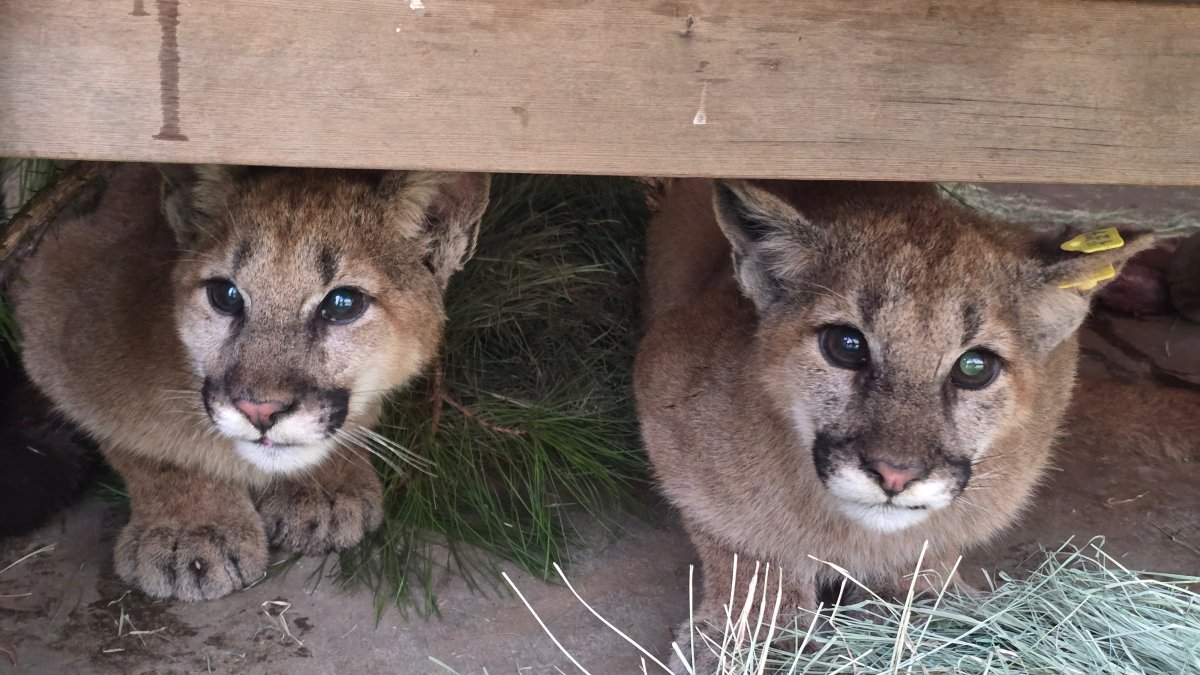
Scientific Perspectives: Understanding the Behavior
While the story carries poetic undertones, wildlife biologists offer a more grounded explanation of what might have happened. According to experts from Colorado Parks and Wildlife, mountain lions are solitary predators that establish territories and often return to the same feeding spots if they find a reliable food source.
Territorial Behavior and Food Sources
One possible explanation is that the lion saw the man’s yard as part of her territory. By bringing prey remains to the doorstep, she may have been storing food near a familiar, safe place. Mountain lions sometimes cache their prey, covering it with leaves or dirt to return to later. In this case, the doorstep may have served as an unintentional “cache site,” especially if the area was quiet and relatively undisturbed.
Associative Learning
Another scientific perspective involves associative learning, a process by which animals link a location or action with a reward. If the lion associated the man’s yard with receiving food scraps, she might have returned with her own prey as part of a learned pattern. While humans might interpret this as “gift-giving,” from the animal’s perspective it could simply be food storage behavior or an instinctive response to a reliable feeding area.
Misinterpretation and Anthropomorphism
Experts caution against anthropomorphism, the tendency to attribute human emotions or intentions to animal behavior. While it’s natural for people to interpret an animal’s actions through a human lens, scientific observation often reveals practical reasons for behavior that might initially seem emotional or symbolic.
In this case, the “gifts” may not have been acts of bonding in a human sense, but rather the result of natural instincts adapted to an unusual situation.

The Role of Wildlife Officials
Mountain lions are protected wildlife in many parts of North America, and interactions with humans are taken seriously. In Colorado, wildlife officials monitor sightings closely to ensure both public safety and animal welfare.
When the lion’s visits became more frequent, wildlife officers made the decision to relocate her to a more remote area. This is a common practice when large predators begin to frequent residential spaces. Relocation aims to reduce potential conflict while allowing the animal to continue living in a suitable habitat.
Officials also used this case to remind residents not to intentionally feed wild predators. While the man’s actions came from a place of kindness, providing food to large wildlife can create dependency, alter natural hunting behaviors, and lead to unintended consequences for local ecosystems.
Gift-Giving in the Animal Kingdom: A Broader Look
While the behavior of this particular mountain lion might have practical explanations, gift-giving does exist in the animal kingdom, and it often serves social or survival functions.
Birds and Mating Displays
Some bird species, such as bowerbirds and crows, are known to bring shiny objects or food to humans or potential mates. In these cases, the behavior can be linked to bonding, courtship, or even attempts to receive more food in return.
Domestic Cats
Many cat owners are familiar with the experience of their pets bringing home small prey as “gifts.” Experts believe this behavior may be related to instinctual hunting and sharing patterns. Although domestic cats are not wild predators like mountain lions, they share ancestral behaviors that sometimes appear similar.
Wolves and Food Sharing
In wolf packs, food sharing reinforces social bonds. Subordinate members may bring pieces of food to higher-ranking individuals or pups, ensuring the survival and cohesion of the group.
Understanding these broader patterns helps place the Colorado mountain lion story within a spectrum of animal behaviors that sometimes overlap with human interpretations.

Cultural Fascination with Unlikely Animal-Human Bonds
Stories of unusual animal-human interactions frequently capture public imagination. Whether it’s dolphins guiding fishermen, birds returning to visit caregivers, or wild animals approaching people in times of need, these encounters resonate deeply. They reflect humanity’s long-standing relationship with the natural world—a relationship built on observation, storytelling, and shared spaces.
In many ways, the mountain lion’s nightly visits speak to this timeless fascination. Even when science provides rational explanations, the emotional impact remains. A wild creature appearing at someone’s doorstep night after night feels like a reminder that humans and animals inhabit interconnected worlds.
Responsible Coexistence with Wildlife
Experts emphasize that while such stories are compelling, responsible coexistence is crucial. Feeding wildlife can disrupt ecosystems and lead to unintended consequences. The best way to appreciate wild animals is to observe them from a distance, respect their habitats, and follow local guidelines to keep both humans and animals safe.
Communities in regions like Colorado have developed programs to educate residents on securing food sources, compost bins, and outdoor spaces to discourage wildlife from becoming habituated to human environments. These efforts help ensure that both people and animals can thrive without crossing dangerous boundaries.

Conclusion: Curiosity and Connection
The story of the Colorado mountain lion is more than a backyard anecdote. It’s a window into how humans interpret the natural world, how animals adapt to human spaces, and how myth and science intertwine. Whether viewed through the lens of ancient symbolism or modern wildlife biology, the tale reflects humanity’s enduring curiosity about our relationship with the wild.
It reminds us that even in a modern world of fences and suburbs, nature has a way of stepping onto our doorsteps—sometimes literally—inviting us to look closer, think deeper, and respect the delicate balance that connects us all.
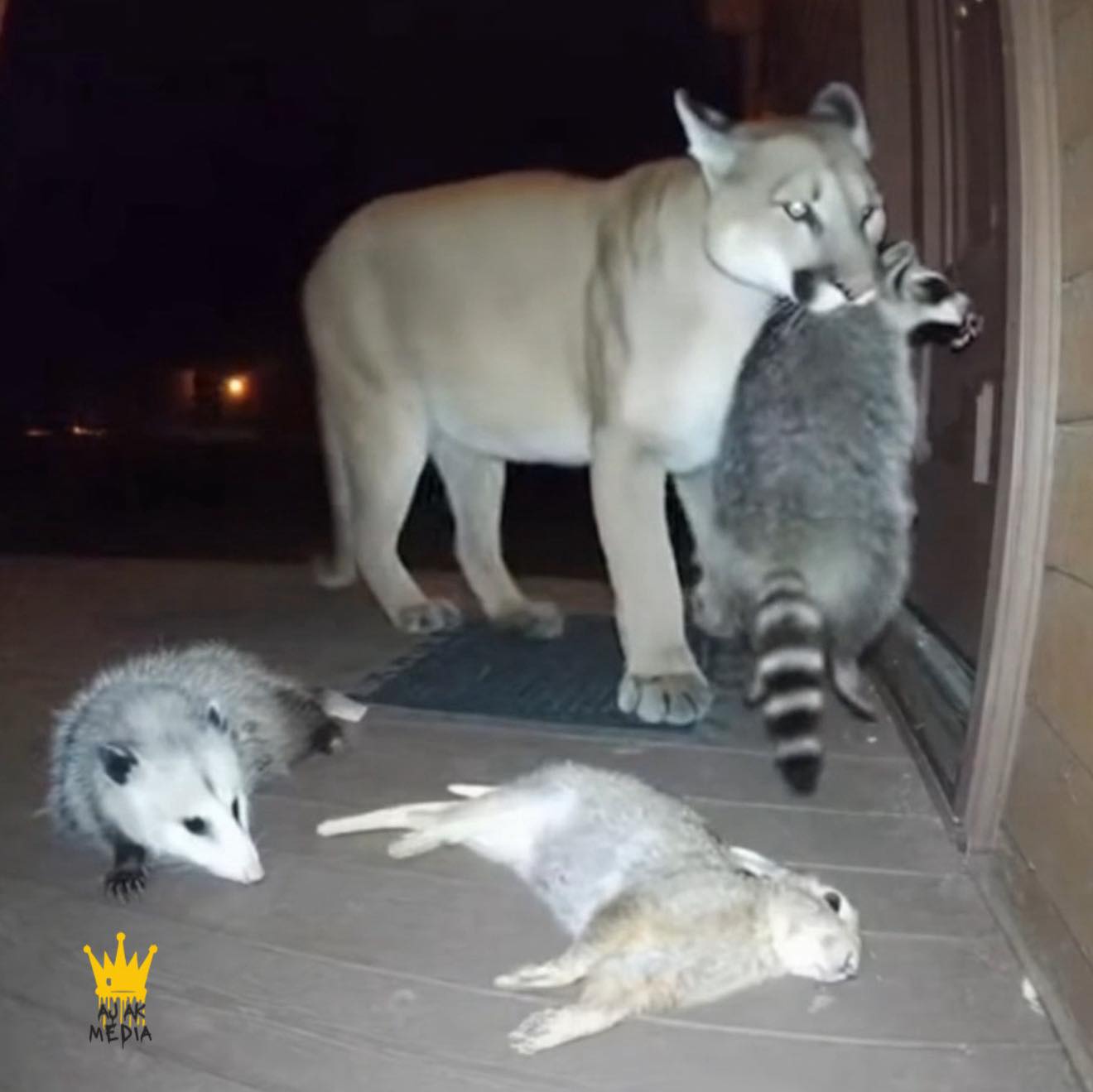

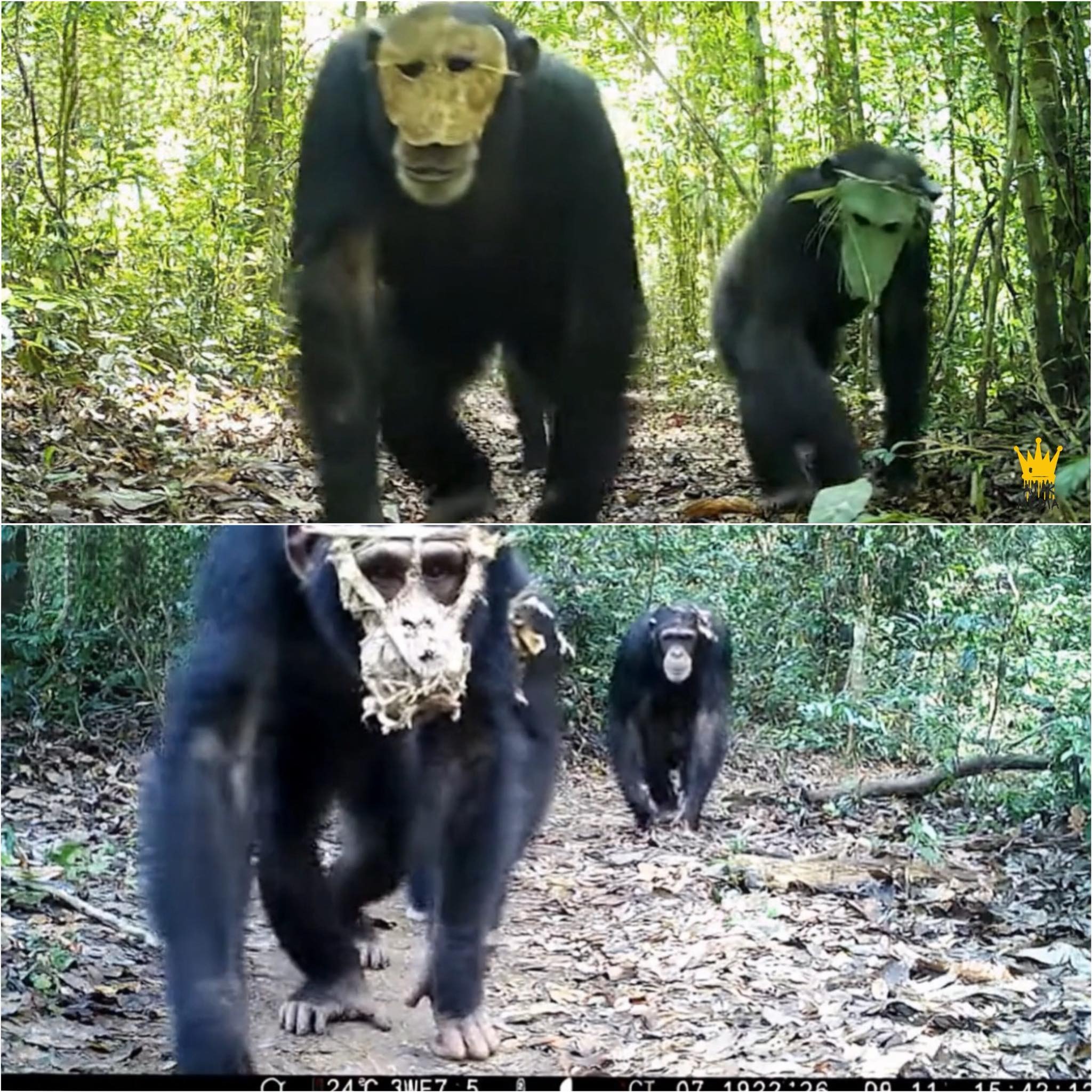

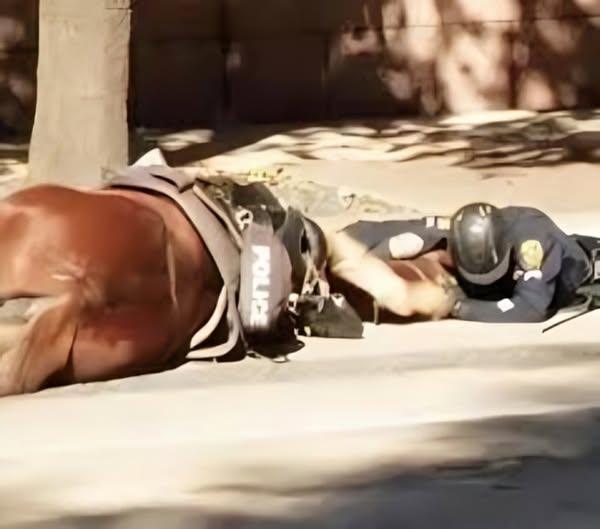
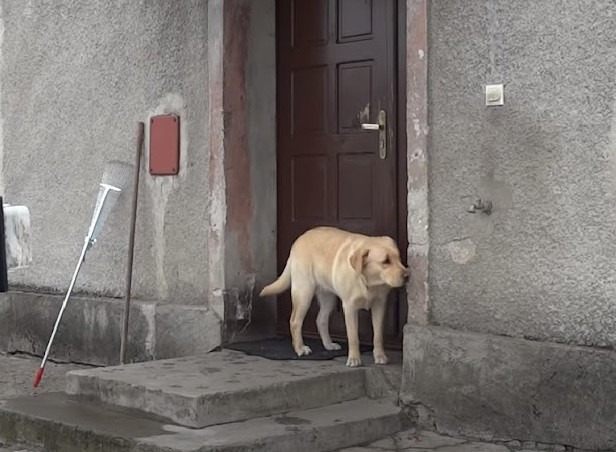
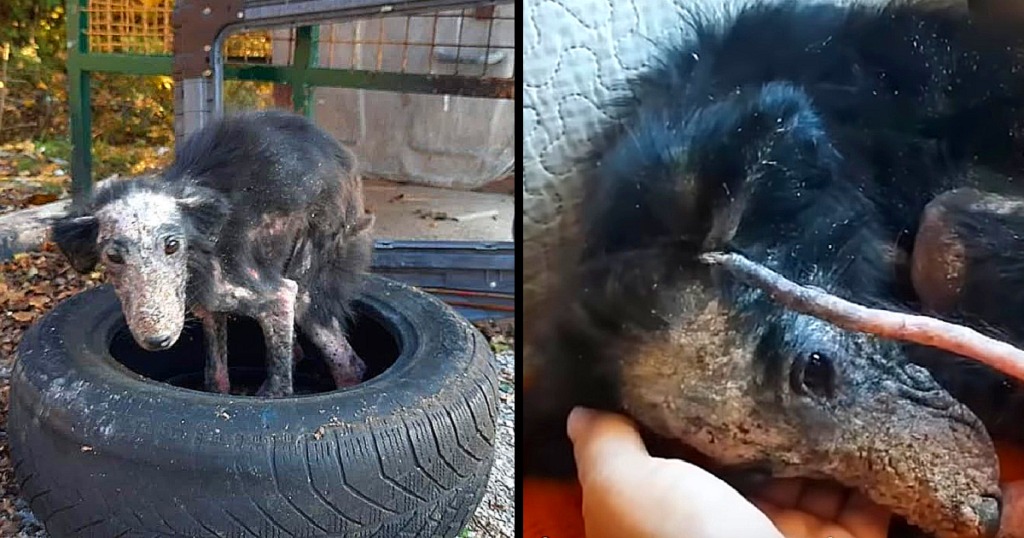
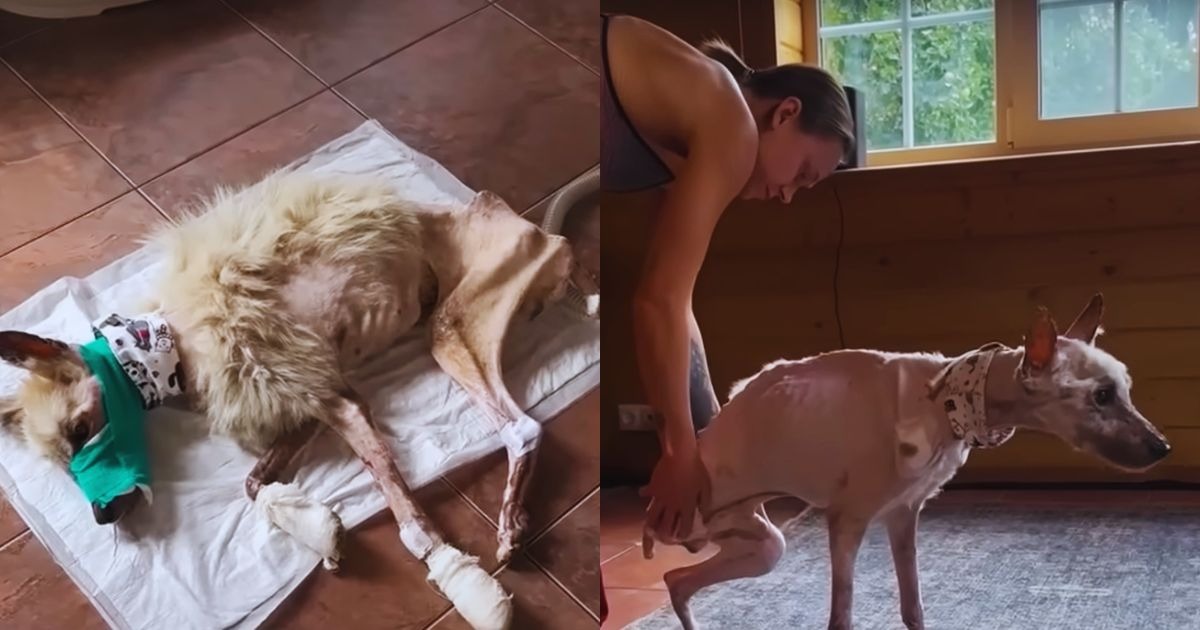
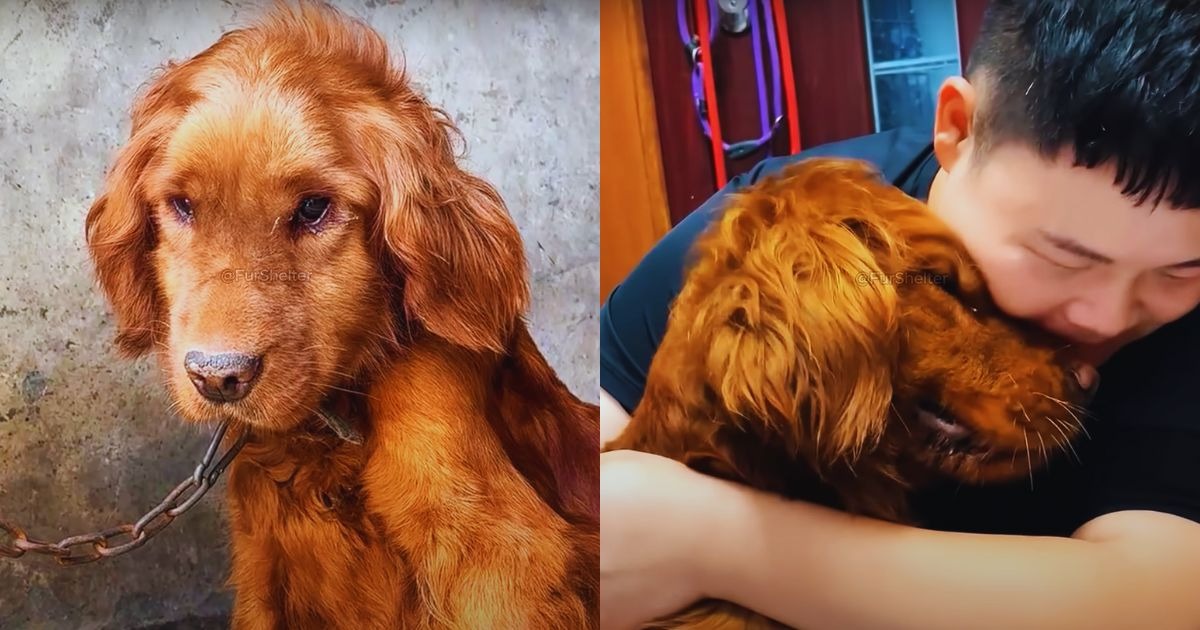

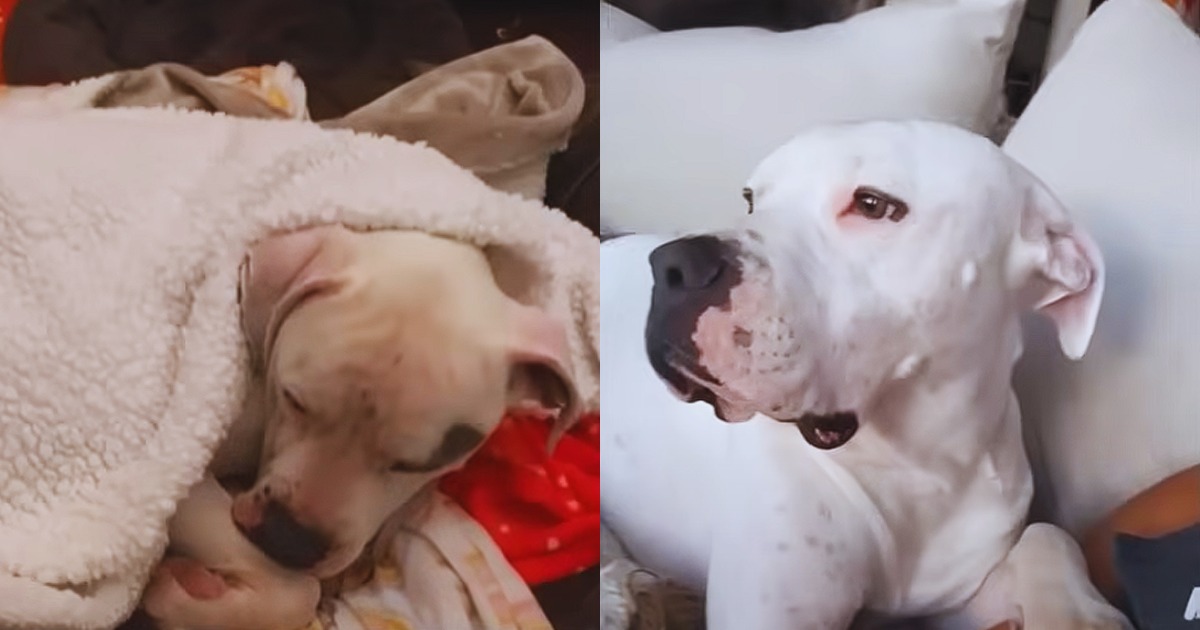

Leave a Reply